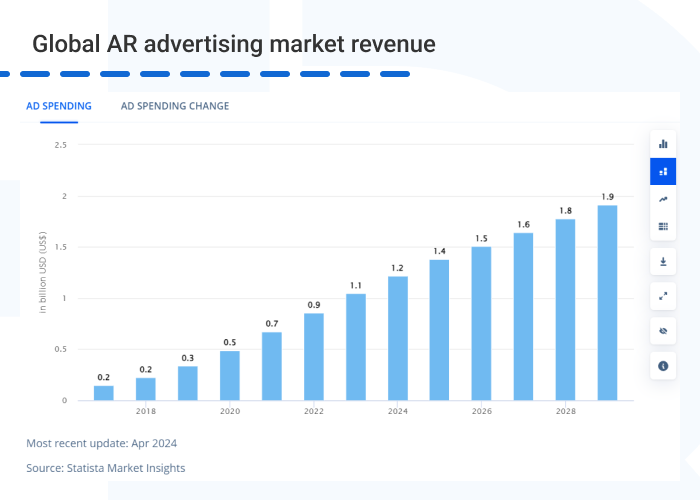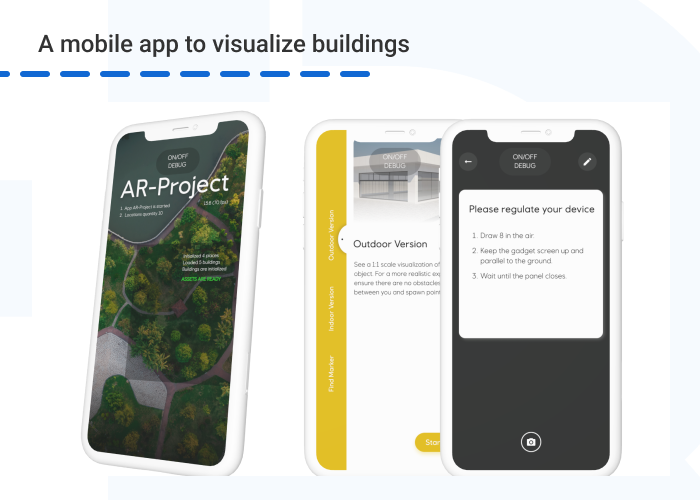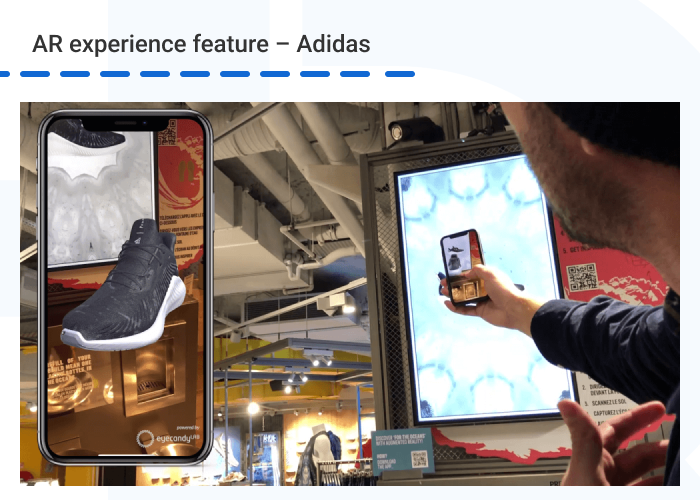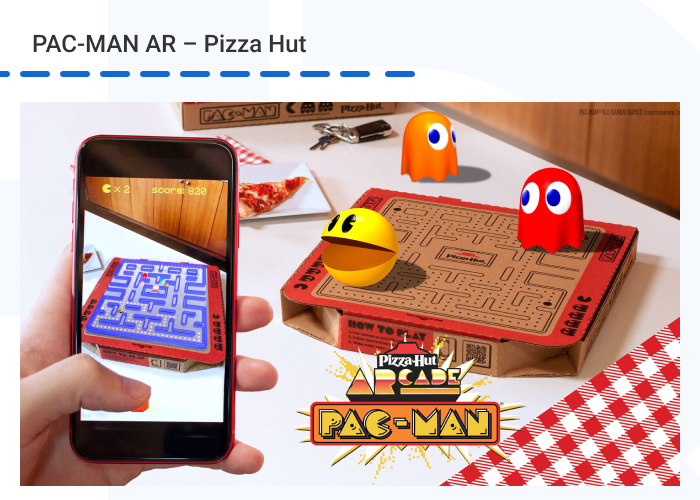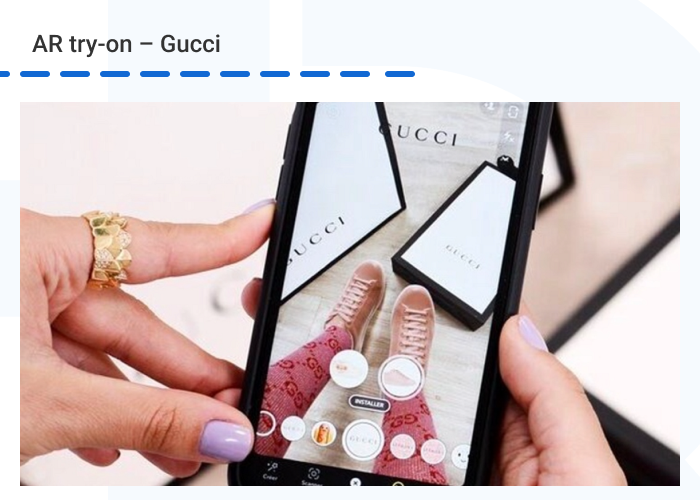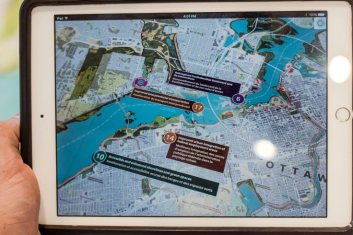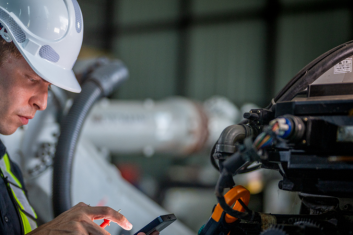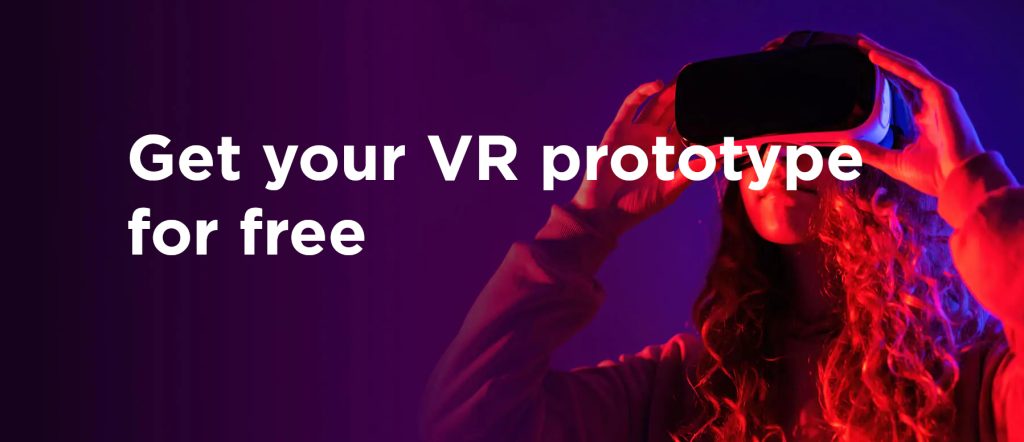How can brands create truly memorable experiences in a world saturated with advertising? Augmented Reality (AR) ads are providing the answer, offering a remarkable way to interact with consumers and elevate brand engagement. By seamlessly blending the digital and physical worlds, AR technology empowers you to deliver interactive product demos, Augmented Reality flyer ads, virtual try-on experiences, and captivating storytelling that go beyond traditional marketing methods.
Are you ready to be amazed by the future of AR advertising? We’ve compiled a list of 10 brilliant AR ad examples that show how you can use this technology to connect with customers in new and exciting ways.
What Is Augmented Reality Advertising?
AR advertising is a marketing approach that overlays digital content — such as images, videos, or 3D animations — onto the physical world. This technology allows brands to create interactive experiences and AR print advertising, such as Augmented Reality flyers, that engage consumers in ways traditional ads simply cannot.
This way, users can interact with digitally enhanced versions of their surroundings through smartphones, tablets, or specialized AR glasses, unlocking a whole new dimension of engagement with products. By blurring the lines between the digital and physical realms, AR ads offer a unique opportunity for you to capture attention, boost consumer engagement, and drive conversions.
Global AR Advertising market revenue is forecasted to hit $1.2 billion by 2024 and is anticipated to grow at an annual rate of 9.38% from 2024 to 2029, reaching an estimated market size of $1.9 billion by 2029. Brands that embrace this innovative approach stand to reap the rewards of increased engagement, brand loyalty, and ultimately, a greater return on investment.
These statistics underscore the growing importance of AR advertising in the marketing landscape, highlighting its potential to transform how brands connect with their audiences. So, what are some real-life examples of Augmented Reality ads?
Need a custom software solution? We’re ready to help!HQSoftware has a team of skilled professionals ready to tackle the project. Ask me!
Natallia Rudzik
Business Development Manager
Top 10 Augmented Reality Ads
Leveraging our proficiency in AR software development and our capacity to design interactive content from the ground up, we’ve gathered 10 examples of Augmented Reality campaigns that are pushing the boundaries of engagement in advertising.
1. AR app for real estate marketing – HQSoftware
At HQSoftware, we’ve created a mobile app that lets you see 3D models of buildings on empty land. This helps investors visualize future construction projects and encourages them to invest.
With GPS navigation, users can explore 3D models from various distances and perspectives, including aerial and close-up views. When in close proximity to the site, users can activate AR mode to view the building in its true dimensions as it will look on the site. If multiple 3D models are available at the location, users can select or swipe through them.
When markers or QR codes are present, the app will align 3D structures based on the movements of the markers. Some 3D models can be viewed without being fixed to a specific point. These models can be resized and positioned away from their original spot, even on the ground. This feature contributed to a 42% boost in investments for the client.
2. A mobile AR app to scan markers or QR codes – HQSoftware
To boost event promotion and maximize user involvement for an ethnic music art festival, we engineered a mobile app solution that showcases a range of marker-based AR interactions.
The mobile app enables the user to initiate an AR experience using a smartphone camera as an AR scanner. Hovering the camera over a marker unlocks an AR encounter, such as audiovisual content, to explore a performance by a band or singer. Upon clicking this button, users are directed to an AR screen displaying a live feed from the smartphone camera.
Visitors have the option to download and install the app from both the App Store and Google Play. Following the festival, the app garnered over 3,100 downloads.
3. SaaS platform for AR content creation – HQSoftware
Another example is a robust AR platform capable of launching interactive campaigns using both marker-based and markerless technologies. Users can create intricate AR experiences without the need for advanced technical expertise, incorporate them into Augmented Reality campaigns, customize and initiate them.
Moreover, the platform offers support for data analytics, geolocation services, and personalization functionalities. At present, the system has the capacity to manage heavy workloads and automatically adjust scale as required. Through the developed middleware, third-party services can be seamlessly substituted.
4. Virtual fitting room on mobile – HQSoftware
To help our client boost sales and enhance user interaction, our development team provided a mobile application featuring a virtual fitting room. The app enables users to preview outfits on personalized digital avatars before making a purchase. This iOS and Android-compatible app simplifies the process for online shoppers, who can effortlessly capture multiple photos of themselves to create a lifelike customized avatar. This involves capturing comprehensive body images from various perspectives to accurately replicate the user’s physique.
Subsequently, users can seamlessly explore and experiment with different clothing combinations in AR directly on their mobile devices. Currently, the company boasts a fully operational solution that offers tailored experiences for end-users, decreasing e-commerce brands’ return rates by as much as 30%.
As we’ve explored some of HQSoftware’s impressive projects, let’s dive into the world of renowned AR ads.
How do modern businesses use AR to increase their revenues and outperform their industry competitors?
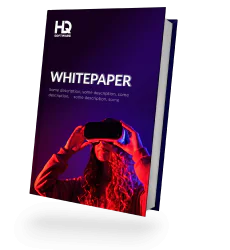
5. AR experience feature – Adidas
Adidas allowed customers to try on its new Alphaedge 4D running shoes virtually using its iOS app. The app leverages Augmented Reality technology to digitally place the sneakers on the user’s feet through their smartphone camera.
To experience this, users simply need to open the Adidas app, navigate to the Alphaedge product page, and tap the AR feature. The virtual shoes will then appear on their feet, moving realistically with their body movements for a more immersive 3D experience. The campaign has generated significant buzz and excitement around the brand and created a memorable experience that deepened customer engagement and loyalty.
6. TakeATasteNow – Coca-Cola Zero
In 2023, Coca-Cola Zero introduced an innovative out-of-home AR campaign, TakeATasteNow, that blended technology with consumer interaction in a novel way. The campaign featured AR-enabled billboards and posters in high-traffic areas, inviting passersby to scan the AR ads with their smartphones. Once an ad had been scanned, users could interact with dynamic 3D creative elements, such as rotating the iconic Coca-Cola bottle or altering the background visuals, all in real time.
This interactive experience was further enhanced by the ability to share personalized content on social media, creating a ripple effect of engagement. By gamifying the advertisement, Coca-Cola not only captivated audiences but also encouraged deeper involvement with the brand, driving both online and offline buzz. This campaign demonstrated how AR can transform traditional advertising spaces into interactive playgrounds, making the brand experience more shareable.
7. Burn That Ad – Burger King
While slightly predating the specified timeframe, this campaign’s impact extended into 2020, making it a noteworthy example of AR innovation. Burger King Brazil launched a bold and disruptive AR experience called “Burn That Ad”. Leveraging the power of AR, the campaign allowed users to virtually “burn” McDonald’s ads using their smartphones. By simply pointing their device at a McDonald’s advertisement, users could trigger an AR animation that depicted the ad going up in flames.
The “ashes” then revealed a coupon for a free Burger King Whopper, encouraging users to redeem the reward. This clever tactic cleverly capitalized on competitor advertising, turning a negative into a positive and driving in-app purchases.
8. PAC-MAN AR – Pizza Hut
In 2021, Pizza Hut teamed up with the iconic arcade game PAC-MAN to create a nostalgic yet innovative AR experience that brought gaming and dining together in a unique way. As part of the campaign, Pizza Hut printed special QR codes on their pizza boxes, which customers could scan using their smartphones to unlock a playable version of the classic PAC-MAN game in AR. Users could navigate PAC-MAN through a maze, just as in the original game, but with the added novelty of viewing and playing it in their real-world surroundings.
This interactive campaign did more than just entertain — it cleverly integrated the gaming experience with the pizza ordering process. After completing the game, players were encouraged to share their high scores on social media using the hashtag #PizzaHutARcade, which entered them into a sweepstakes to win a custom PAC-MAN game cabinet. By merging entertainment with convenience, Pizza Hut successfully drove sales and customer engagement, making the simple act of ordering a pizza a memorable event.
9. AR try-on – Gucci
Gucci elevated the online shopping experience with the introduction of an innovative AR try-on feature within its mobile app. This interactive experience allows users to virtually “try on” a wide range of Gucci shoes and accessories, providing a realistic preview of how the products would look on them before making a purchase. Using their smartphone cameras, users can point the app at themselves and see a digital overlay of the selected items, offering a unique and immersive way to explore different styles and find the perfect match.
This AR feature significantly enhances the online shopping journey, addressing a key customer pain point — the inability to visualize how a product will look in person. This campaign showcases the power of AR to revolutionize e-commerce by offering personalized and interactive experiences that drive conversions and reinforce brand loyalty.
10. AR makeup try-on – L’Oreal
L’Oréal took a significant leap in the beauty industry by introducing an AR makeup try-on feature within its mobile app. Leveraging the power of Augmented Reality, this tool allows customers to virtually experiment with a wide range of makeup products, including lipsticks, eyeshadows, and foundation, directly on their own faces using their smartphone cameras. The technology provided an incredibly realistic preview, accurately depicting how different shades and products would look on various skin tones and facial features.
By allowing customers to “try before you buy,” L’Oréal addressed one of the biggest challenges in beauty e-commerce – uncertainty about how a product will appear in real life. The result was not only an increase in consumer confidence but also a reduction in product returns, as customers could make more informed purchasing decisions.
By layering digital enhancements atop the real world, these 10 examples demonstrated AR’s potential to engage users in AR advertising.
Now marketers are able to craft Augmented Reality campaigns in this way and may well gain an edge in clearly communicating their value propositions while also fostering lasting impressions and greater consumer understanding. But with so many outsourcing companies competing for a share of the market, how can you choose the right development partner?
Considering custom software?HQSoftware’s team of experts can design and develop the perfect solution for your business. Let’s discuss it
Dmitry Tihonovich
Business Development Manager
Develop Augmented Reality Advertising Apps With HQSoftware
HQSoftware is one of the leading providers of custom software development services, including a deep focus on AR/VR solutions. With a team of experienced professionals, we can help you design and develop AR advertising apps that elevate your brand and deliver exceptional customer experiences, including:
- Custom AR app development. Whether you want to create an AR/VR project encompassing Augmented Reality flyer ads or immersive brand activations, HQSoftware can translate your vision into an AR application.
- Interactive content design. Our creative team specializes in designing intuitive and compelling AR content that captures the attention of your target audience.
- Integration with existing platforms. HQSoftware can seamlessly integrate your AR advertising app with your existing marketing platforms, CRM systems, and e-commerce solutions, creating a cohesive user experience.
- Data analytics and AI. We can integrate analytics tools to track key metrics and provide insights into user behavior, allowing you to refine your Augmented Reality campaigns for maximum impact.
Contact us today to discuss your Augmented Reality advertising needs and explore how our expertise can help you achieve your marketing goals.

HQSoftware Founder
Having founded the company in 2001, uses his broad knowledge to drive the company forward. Ready to share his wisdom on software development and technology insights
Get Your VR Prototype For Free
Visit PageRelated Post
View All
We are open to seeing your business needs and determining the best solution. Complete this form, and receive a free personalized proposal from your dedicated manager.

Sergei Vardomatski
Founder

